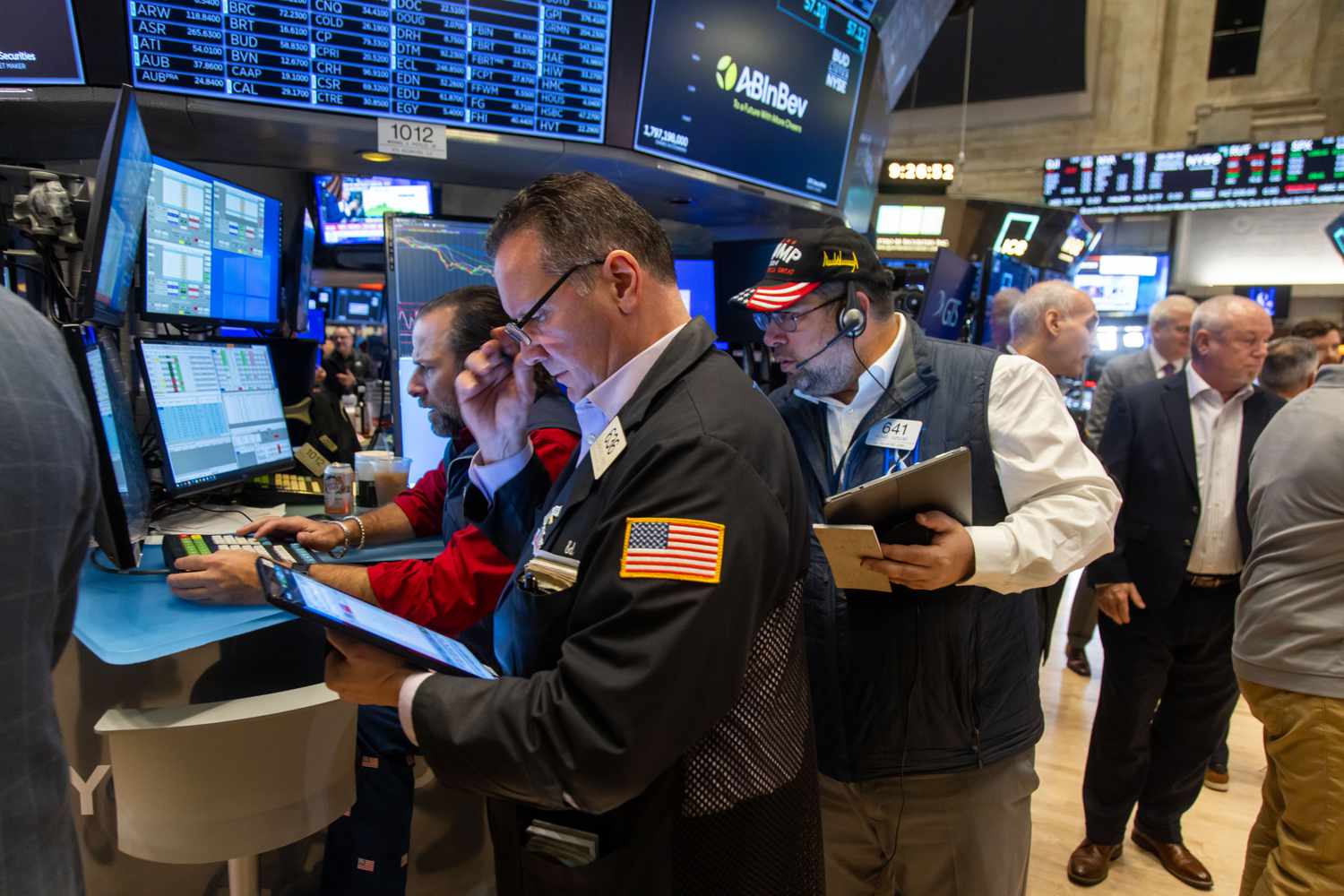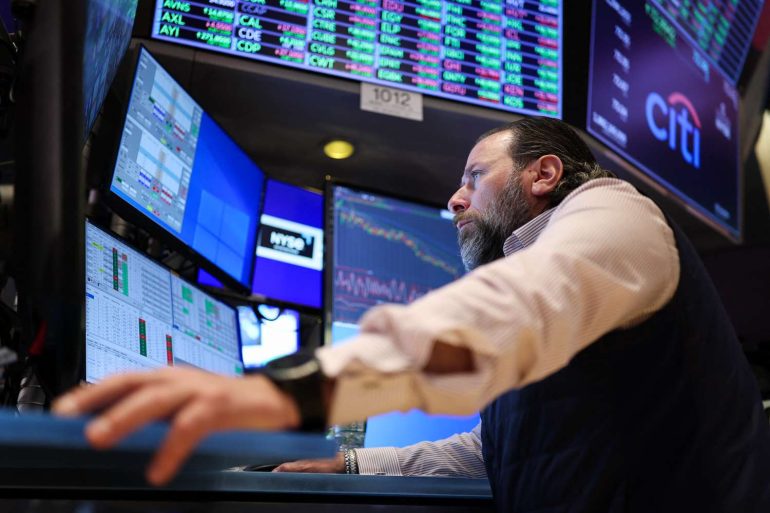The Dow Jones Industrial Average (DJIA) experienced heightened volatility on Friday but ultimately settled near 42,000 as investors grappled with the market’s next direction. The trading environment remained uncertain despite a limited economic data release. Market sentiment remained cautious as investors tried to navigate the inconsistencies in policy statements from U.S. President Donald Trump. These fluctuations contributed to an atmosphere of unpredictability, keeping traders on edge.
Market Volatility Rises Amid Quadruple Witching and Uncertainty in U.S. Trade Policies
Further complicating market conditions, Friday was a “quadruple witching” day, an event where a massive number of stock options, index options, and futures contracts expired simultaneously. According to estimates from Goldman Sachs, approximately $4.7 trillion worth of these financial instruments reached expiry. This event typically increases market volatility, and the confluence of factors—such as investor sentiment and economic uncertainty—fueled price swings in equities.

President Trump’s shifting stance on tariffs continued to create uncertainty in the market. After previously vowing to impose strict reciprocal tariffs starting in April, Trump signaled potential flexibility, allowing for possible adjustments in U.S. import taxes.
This marks the sixth major revision of his tariff stance in under ten weeks, contributing to investor fatigue and market instability. The ongoing back-and-forth on trade policies has made it difficult for businesses and traders to plan accordingly, further unsettling market confidence.
Federal Reserve Policy and Stock Market Struggles Amid Economic Uncertainty and Rate Cut Hopes
The Federal Reserve maintained its stance despite rising inflation concerns, downplaying emerging economic warning signs. Fed Chair Jerome Powell and the Federal Open Market Committee (FOMC) projected a 50-basis-point reduction in interest rates throughout 2025.
Traders, as per the CME’s FedWatch Tool, anticipate a high probability of a rate cut at the central bank’s next policy meeting in June. This expectation of further monetary easing influences investor decisions, with markets closely watching economic developments for further cues.
Despite the market’s volatility, major U.S. stock indexes remained near their opening levels, with most sectors seeing slight declines. However, notable gains were recorded in key stocks like Boeing, which surged over 4% to surpass $180 per share.
The Dow Jones continues to struggle against technical resistance, failing to break above its 200-day Exponential Moving Average (EMA) at 42,000. While buyers still show interest, the lack of strong upward momentum keeps prices constrained, signaling potential consolidation in the near term.

